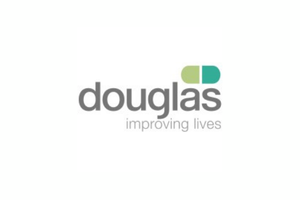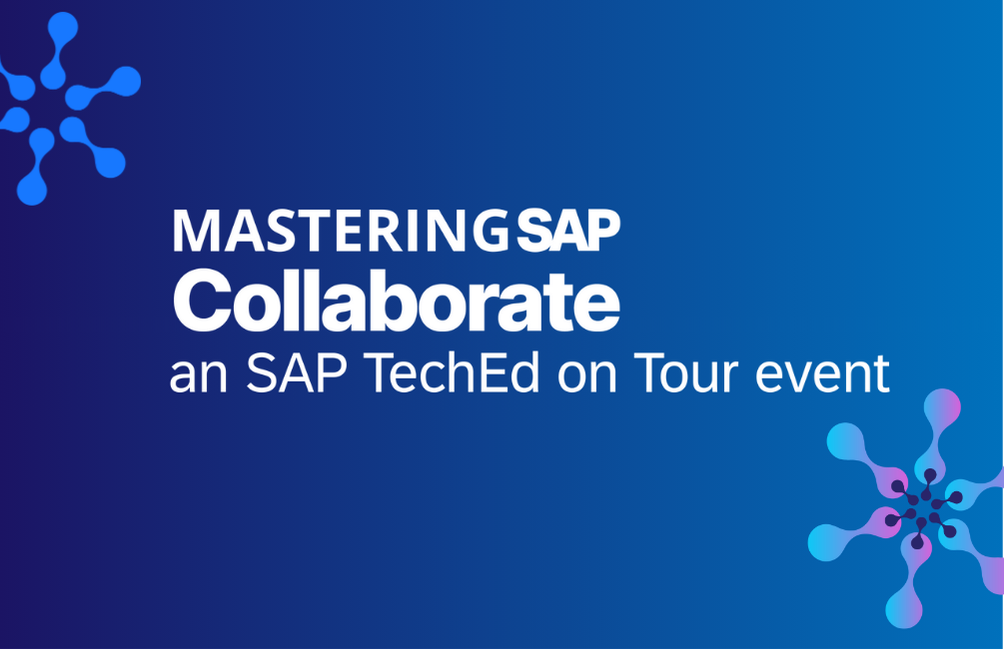The Traditional Org Chart Has Evolved

By AJ Whalen, Vice President and Publisher
For many years, the org chart has been used by HR leaders to present a graphical representation of an organization’s structure that illustrated reporting relationships, headcount distribution, and chains of command across the company. As HR technology has evolved, traditional org chart creation processes have begun to be replaced by new tools that are not only more efficient in generating charts, but also offer more advanced modeling and analytical capabilities.
Explore related questions
The Current State of Workforce Visualization
Customers of SAP ERP HCM (on-premise) have long been faced with a dilemma when it came to their organizational structures. The on-premise SAP HCM solution provides a very flexible, object-oriented organizational management capability that enables them to build structures that mirror their organization and to use custom objects and relationships to depict more complex hierarchies. The challenge, however, comes when they want to visualize or analyze their organizational structures. Many resort to creating queries that extract data for use in external applications like Microsoft Visio.
SAP SuccessFactors customers, on the other hand, can use the Company Structure Overview in Employee Central to view their organization from a structural perspective (legal entities, business units, divisions, departments, etc.), giving them more flexibility when planning, displaying, and modifying structures.
Despite advances in delivered functionality like the Company Structure Overview, customers who wish to incorporate more advanced modeling, KPI tracking, and analytical capabilities into their org chart process often look to third-party applications, especially SAP Endorsed Apps. One such provider of workforce modeling and organizational visualization solutions is the German-based Ingentis. SAPinsider recently spoke with solution experts from Ingentis about workforce visualization, modeling, and analysis and the trends they’re seeing from customers across the globe.
The Org Chart as a Strategic Tool
According to Ingentis’ Markos Tafakis, many customers who come to Ingentis are initially looking for more automated and accurate org charts. “When I ask about pain points, I would say that 90% of customers I speak with say they still create charts in Visio and PowerPoint,” said Tafakis. While the need for efficiency and accuracy is a common primary driver for many new Ingentis customers, Markos Tafakis says he is also seeing a trend that goes beyond just automation. According to Ingentis, more companies today are looking for flexibility to create org charts for agile or project-based structures. “In the last 12 to 18 months, more and more companies want to visualize project-based structures or agile structures,” said Tafakis. As project structures like the Spotify model – an approach for scaling agile that emphasizes autonomy, communication, accountability, and quality in work streams – become more popular, the desire to track and visualize project-based teams is increasing. This trend requires a data model that has the appropriate structures and a workforce visualization tool that is flexible enough to generate the necessary structure views.
While companies are looking to display different types of structures today, perhaps the biggest change in workforce visualization solutions in recent years has been the transformation of org charts from static displays to strategic tools through the integration of calculations, key figures, metrics, and analytics into the charts. Rather than simply creating a snapshot of an organizational entity, solutions like Ingentis org.manager enable users to incorporate additional data into the charts to display metrics like headcount and vacancies or to go even further and output calculations and analyses based on real-time data in the charts. This means that an org chart can be used to monitor key KPIs like diversity, demographics, or even budget compliance. By including key workforce analytics in the charts, HR organizations are not only offering more visibility into their own performance, but they are enabling business leaders to be more proactive in monitoring and managing critical business measures across the company.
What Does This Mean for SAPinsiders?
Workforce visualization tools have transformed from structural displays to strategic tools over the last decade. How should you determine whether your organization is ready to take advantage of the more advanced planning, modeling, and analytical capabilities they can offer?
- Consider your entire HR landscape, including workflows, when changing your data structures to support your org visualization efforts. “It’s not about setting up the structure once and then it will be there forever,” said Tafakis. You should implement a data model that you will be able to maintain for many years and one that will not limit existing processes, workflows, or future structure changes.
- Carefully decide how you wish to visualize your organization and to whom you wish to expose the charts. One of the benefits of workforce visualization tools is that they allow you to create different views for different audiences. For example, you may create executive charts that contain key KPIs and metrics but produce a different, more traditional hierarchy chart for your general employee population. You should spend the time to identify the different audiences and data requirements for each chart before you begin the process.
- Identify the most critical workforce-related KPIs and measurements that impact your business.One of the biggest advantages of a true workforce visualization solution is the ability to provide transparency into the HR measures that are most important. Before adopting a solution like Ingentis org.manager, assess your KPIs and the data required to monitor and measure your results to see if you will be able to take advantage of the more strategic analytical capabilities the tool can provide.
- Take the time to assess the workforce visualization tools you already have in your on-premise HCM solution or in SAP SuccessFactors. Before you begin, carefully look at standard tools like the Company Structure Overview in Employee Central to see if they meet your needs and compare that with the benefits a third-party SAP Endorsed App like Ingentis org.manager can provide. Speak with solution experts at Ingentis to get a better understanding of the added value of their solution as well as the potential effort required to realize the full benefits.
About Ingentis
Headquartered in Germany, Ingentis produces software add-ons for both on-premise SAP HCM and SAP SuccessFactors customers. Ingentis’ flagship product, Ingentis org.manager, is an org chart and workforce modeling solution used by more than 1,500 customers globally. Ingentis org.manager for SAP SuccessFactors is an SAP Endorsed App and is currently available in the SAP App Center.








